
Explanation in Causal Inference: Methods for Mediation and Interaction (PDF/EPUB Version)
$18.99
The book begins with a comprehensive introduction to mediation analysis, including chapters on concepts for mediation, regression-based methods, sensitivity analysis, time-to-event outcomes, methods for multiple mediators, methods for time-varying mediation and longitudinal data, and relations between mediation and other concepts involving intermediates such as surrogates, principal stratification, instrumental variables, and Mendelian randomization. The second part of the book concerns interaction or “moderation,” including concepts for interaction, statistical interaction, confounding and interaction, mechanistic interaction, bias analysis for interaction, interaction in genetic studies, and power and sample-size calculation for interaction. The final part of the book provides comprehensive discussion about the relationships between mediation and interaction and unites these concepts within a single framework. This final part also provides an introduction to spillover effects or social interaction, concluding with a discussion of social-network analyses.
The book is written to be accessible to anyone with a basic knowledge of statistics. Comprehensive appendices provide more technical details for the interested reader. Applied empirical examples from a variety of fields are given throughout. Software implementation in SAS, Stata, SPSS, and R is provided. The book should be accessible to students and researchers who have completed a first-year graduate sequence in quantitative methods in one of the social- or biomedical-sciences disciplines. The book will only presuppose familiarity with linear and logistic regression, and could potentially be used as an advanced undergraduate book as well.
eBook features:
- Highlight, take notes, and search in the book
- In this edition, page numbers are just like the physical edition

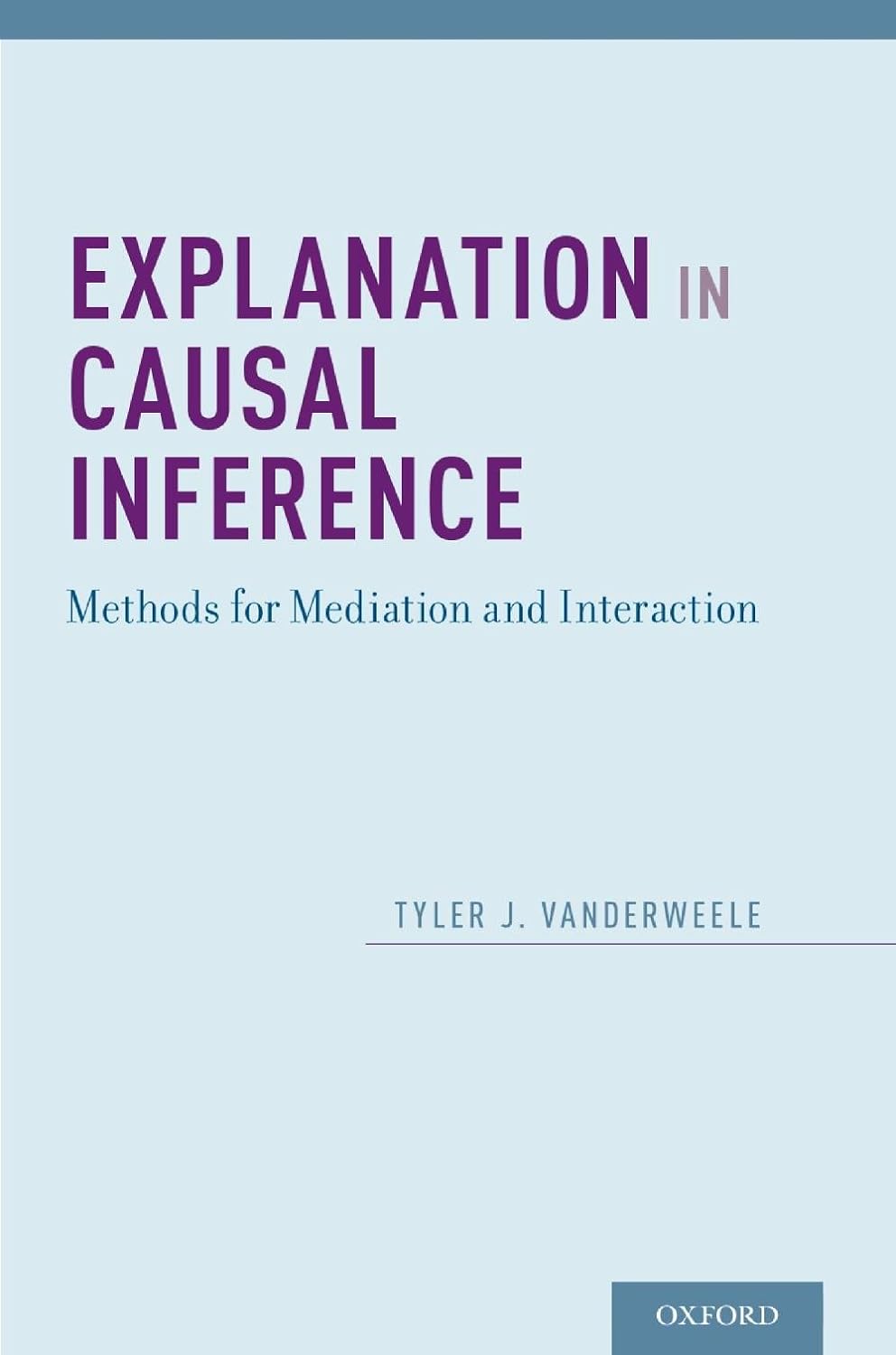
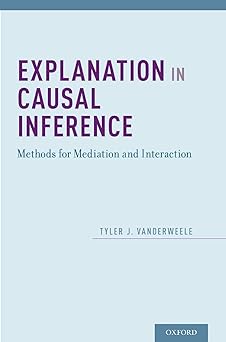
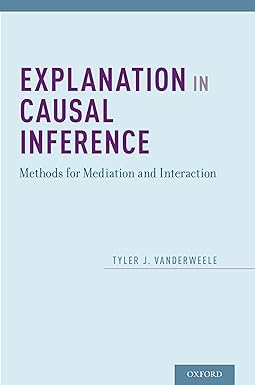


_sv9arrklwn.jpg)
_pybeqjatnb.jpg)


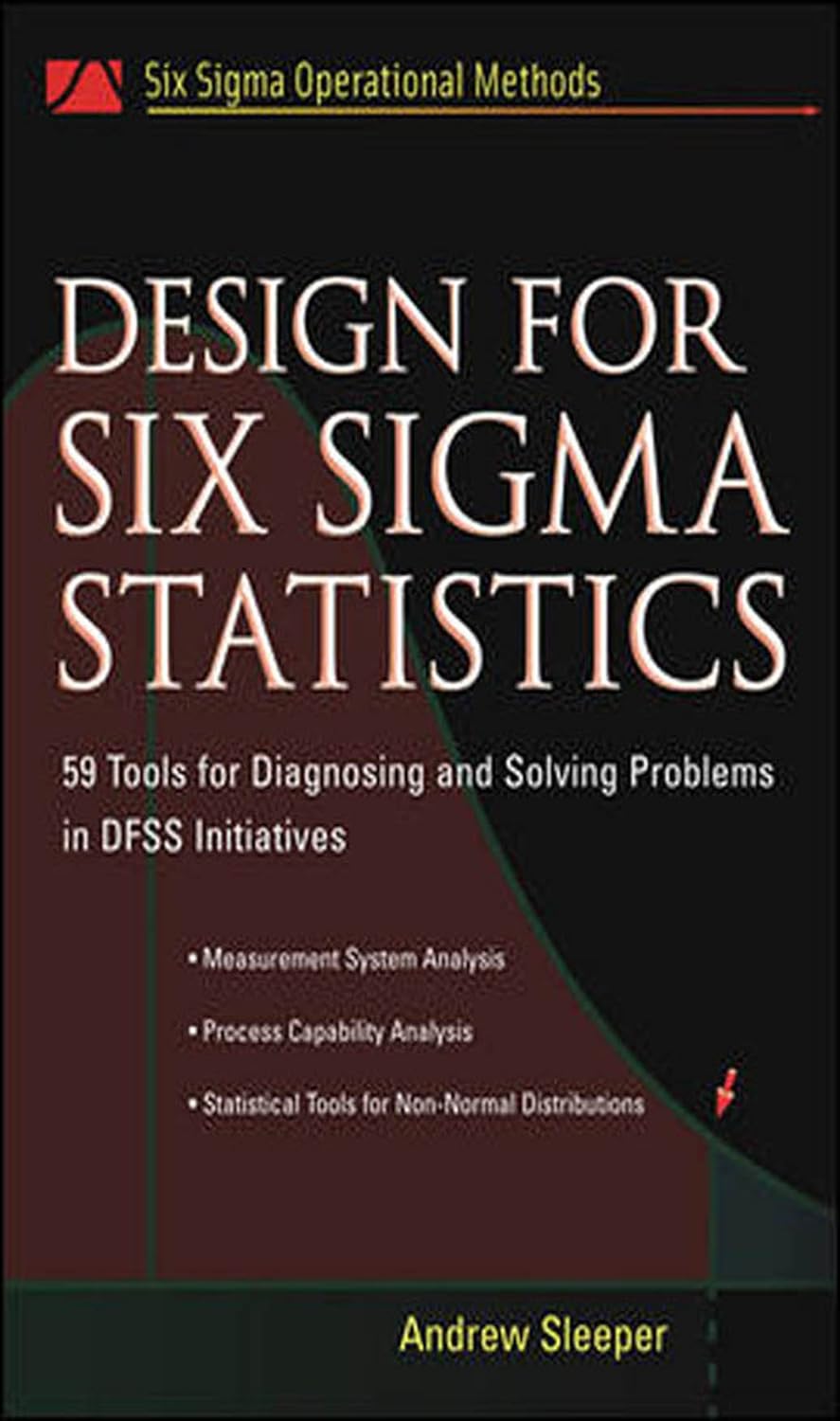
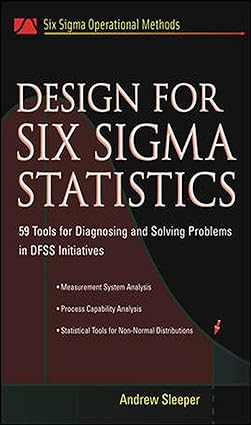
_jqegejqbka.jpg)
_d6yhvb7jjx.jpg)







